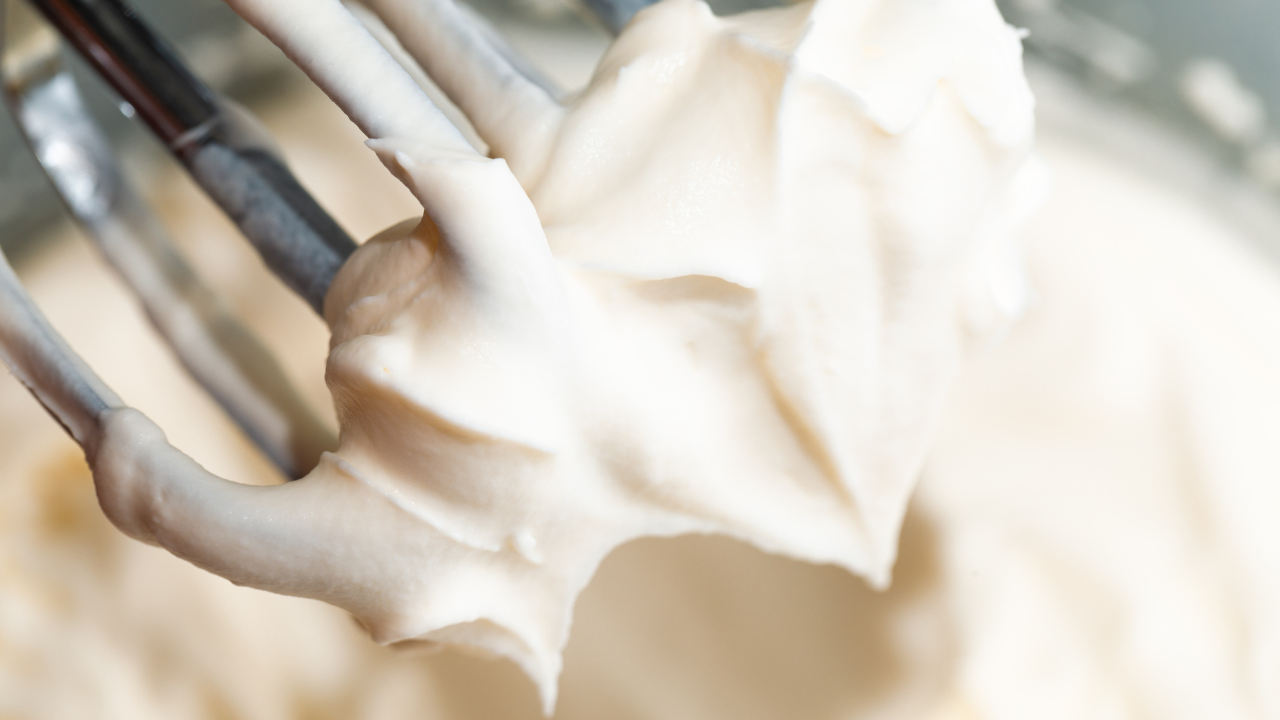The Art of Vacuum Sealing: Tips for Sealing Whisked, Stirred, Blended, or Pureed Foods
Posted by Avid Armor on Aug 13th 2024
Vacuum sealing is a game-changer in the kitchen, preserving freshness and extending the shelf life of everything from fresh produce to pre-cooked meals. But when it comes to sealing items that have been whisked, stirred, blended, or pureed, things can get a bit tricky. These foods often contain air bubbles or have a frothy texture that can expand under vacuum pressure, leading to potential messes. Here’s how to master the art of vacuum sealing these delicate items without the overflow.
Why Do These Foods Expand?
When you whisk, stir, blend, or puree, you’re not just mixing ingredients—you’re also incorporating air into them. Foods like whipped cream, smoothie mixtures, purees, or even freshly beaten eggs contain air bubbles that can expand when the pressure is reduced during vacuum sealing. This expansion can cause the food to overflow out of the vacuum bag and into the chamber, creating a sticky situation.
Common Culprits
Here are a few examples of foods that are prone to expansion during vacuum sealing:
- Whipped Cream: Light and airy, whipped cream is full of tiny air bubbles. Under vacuum pressure, these bubbles expand, causing the cream to puff up.
- Smoothie Mixes: Whether you’re blending fruits, vegetables, or protein powders, smoothie mixes often have a foamy consistency that can swell under vacuum pressure.
- Purees: Pureed foods like baby food, mashed potatoes, or blended soups can trap air during the pureeing process, leading to expansion during sealing.
- Egg Mixtures: Beaten eggs, whether for omelets or baking, can froth up and expand when vacuum sealed.
- Mousses and Foams: Delicate desserts like chocolate mousse or savory foams are notorious for their airy textures, making them prime candidates for expansion.

Pro Tips for Sealing Whisked, Stirred, Blended, or Pureed Foods
- Let It Settle: After whisking, stirring, blending, or pureeing, allow the mixture to sit for a few minutes. This will give the air bubbles time to settle and reduce the risk of expansion during vacuum sealing. For items like whipped cream, mousse, or purees, letting them set in the fridge for a while can also help stabilize the texture.
- Pre-Chill or Pre-Freeze: Chilling or partially freezing the mixture before vacuum sealing is another effective way to minimize expansion. Cold temperatures help to solidify the food, reducing the volume of air that can expand. For smoothie mixes or purees, you can even pre-freeze them in ice cube trays before sealing—perfect for grab-and-go portions!
- Seal in Stages: If you’re working with a particularly tricky mixture, consider sealing in stages. Start by applying a partial vacuum, then stop and let the mixture rest. Repeat the process until you’ve achieved a full seal without any overflow. This method works well for more delicate items like whipped cream, mousse, or purees.
- Use a Larger Bag: Opt for a slightly larger vacuum bag than you think you’ll need. This gives the food more room to expand without spilling over the edges. You can always trim the excess bag material after sealing.
- Monitor the Sealing Process: Keep a close eye on the vacuum sealing process, especially when dealing with expanding foods. If you notice the mixture starting to overflow, stop the machine immediately, and let the food settle before continuing.
Avid Armor's Pro Tips in Action
By following these tips, you can successfully vacuum seal even the frothiest of mixtures without the mess. Avid Armor’s vacuum sealers are designed to handle a variety of foods, including those with more delicate textures. Whether you’re prepping a batch of pureed baby food, smoothies for the week, or saving leftover whipped cream, our sealers ensure a perfect seal every time.
Vacuum sealing whisked, stirred, blended, or pureed foods doesn’t have to be a challenge. With a little preparation and the right techniques, you can preserve these items just as easily as anything else in your kitchen. Say goodbye to overflow disasters and hello to perfectly sealed freshness!

